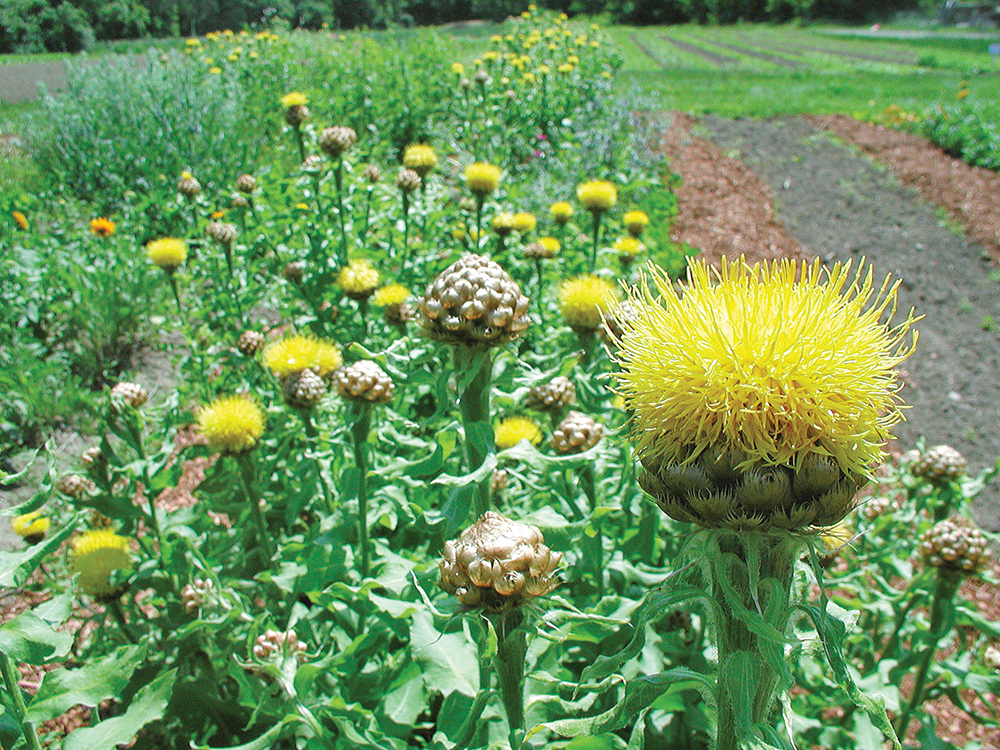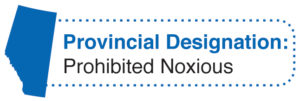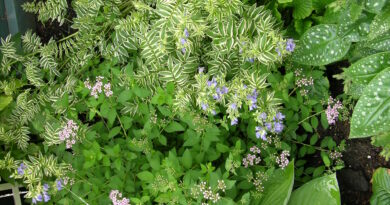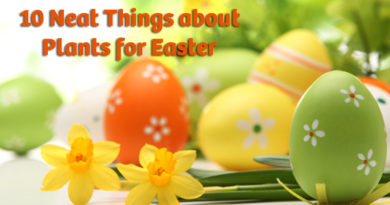Invasive Species: Bighead Knapweed
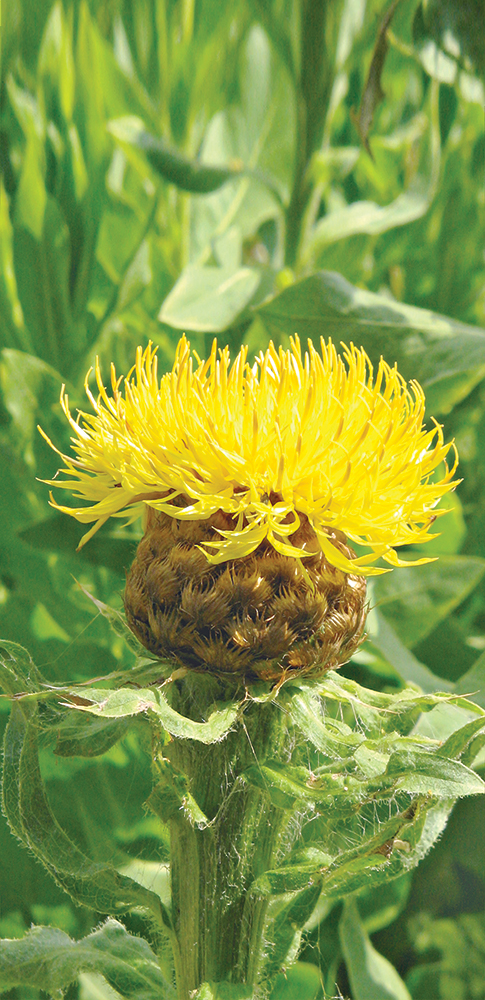
Bighead Knapweed, or Centaurea macrocephala, is also known as armenian basketflower, globe centaurea, golden thistle, yellow or lemon fluff knapweed and yellow hardhead.
Overview:
Bighead knapweed is a long-lived perennial herb native to the Caucasus region of Eastern Europe. It has been a cultivated ornamental for over 200 years. Introduced to the UK and North America in the early 1800s, it is still widely available in the horticultural trade as seed, plants, and cut/dried flowers. This knapweed reproduces by seed but may be propagated by dividing the crown. Its tap root develops a woody crown with age. This is the largest Centaurea in cultivation or naturalized, so is easily identified.
Bighead knapweed flowers July to September. Mature seed heads open to disperse the seed. Although seeds are plumed, they are too heavy to be wind dispersed but can attach to animal hair/fur.
Bighead knapweed needs disturbance to establish but is then difficult to control. Eradication efforts of a four hectare infestation in Washington state have been ongoing for about 25 years. It competes with native vegetation for nutrients and light.
Habitat:
It requires loamy, well drained soils with neutral pH and full sun. It is drought tolerant and prefers warm temperate or continental climates with dry summers.
Identification:
Stems: Are erect, unbranched or sparingly branched near the tips, growing 50-170 cm tall. They are covered with long, soft hairs, which are slightly cobwebby.
Leaves: Are lance shaped, 10-30 cm long, and slightly undulating with pointed tips. Basal and lower stem leaves have short petioles (leaf stem). Leaf margins are smooth or shallowly dentate. Upper stem leaves are five to 10 cm long, sessile (no petioles), and slightly undulate with smooth margins. Leaves are covered with short hairs and are dotted with resin glands.
Flowers: Are disc-shaped, borne singly and composed of many yellow florets, with clusters of reduced leaves directly below the flower heads. Involucres (flower base) are 25-35 mm diameter and covered with one to two mm wide brown bracts having fringed edges and occasionally weak spines. Seeds are indehiscent, seven to eight mm long and with flattened bristles five to eight mm long.
Prevention:
Many infestations result from garden escapes. Do not grow as an ornamental. Using bighead knapweed in dried flower arrangements facilitates seed dispersal.
Control:
Grazing: Cattle will consume bighead knapweed but this is not considered a control method. Invasive plants should never be considered as forage.
Cultivation: Cultivation can be effective as long as it is deep enough to cut the roots off below the root crown and must be repeated for at least two seasons. Care must be taken not to transport root pieces that could start new infestations elsewhere.
Mechanical: Repeated mowing will suppress seed production but plants will regrow. Repeated cultivation, where suitable, is an effective control method. Small patches can be hand pulled or dug out but the entire taproot must be removed to prevent resprouting.
Chemical: Currently no selective herbicides are registered for use on bighead knapweed. Always check product labels to ensure the herbicide is registered for use on the target plant in Canada by the Pest Management Regulatory Agency. Always read and follow label directions. Consult your local Agricultural Fieldman or Certified Pesticide Dispenser for more information.
Biological: None researched to date.

abinvasives.ca | info@abinvasives.ca

